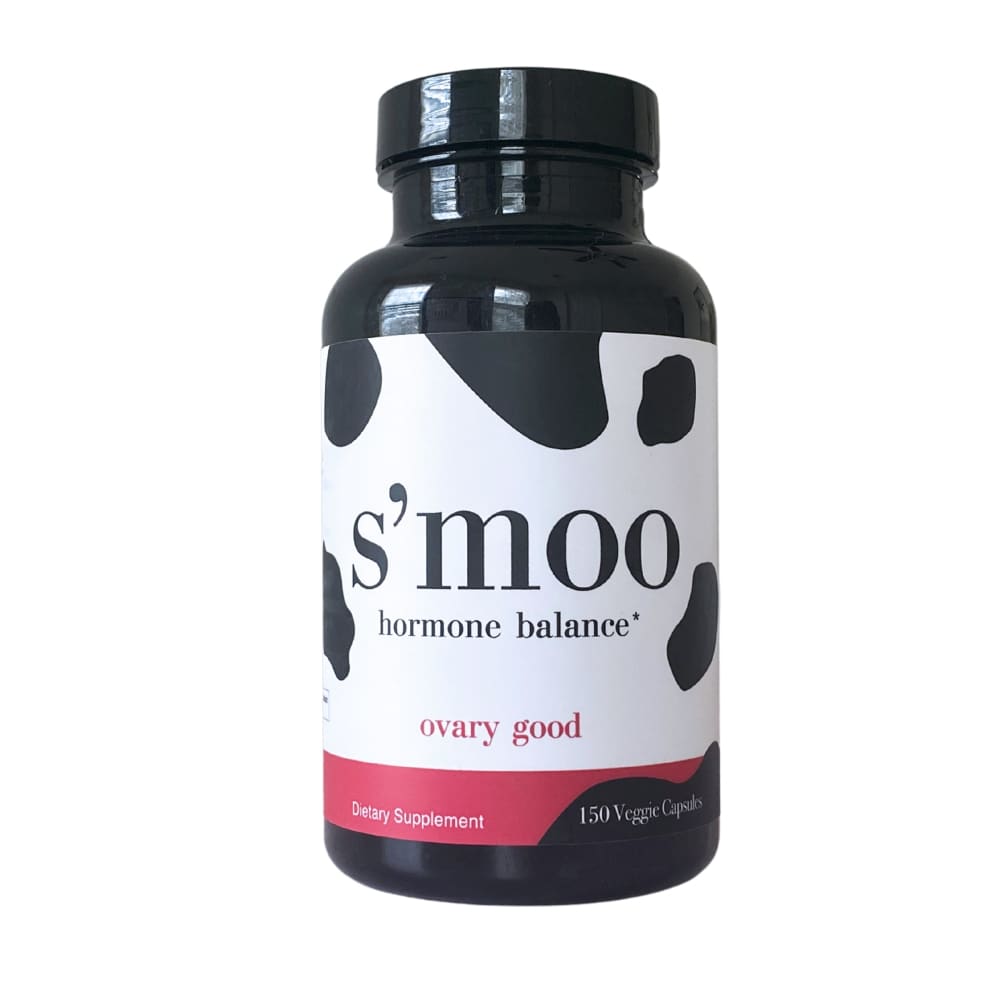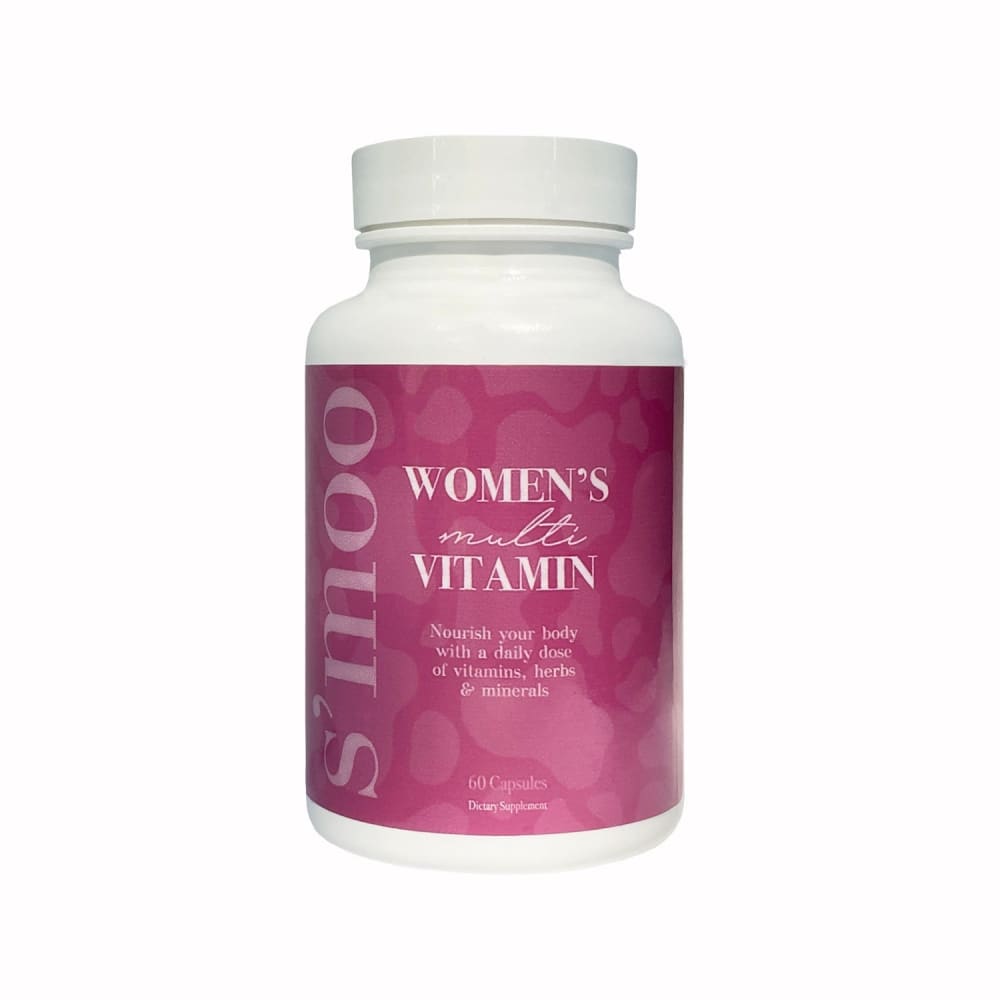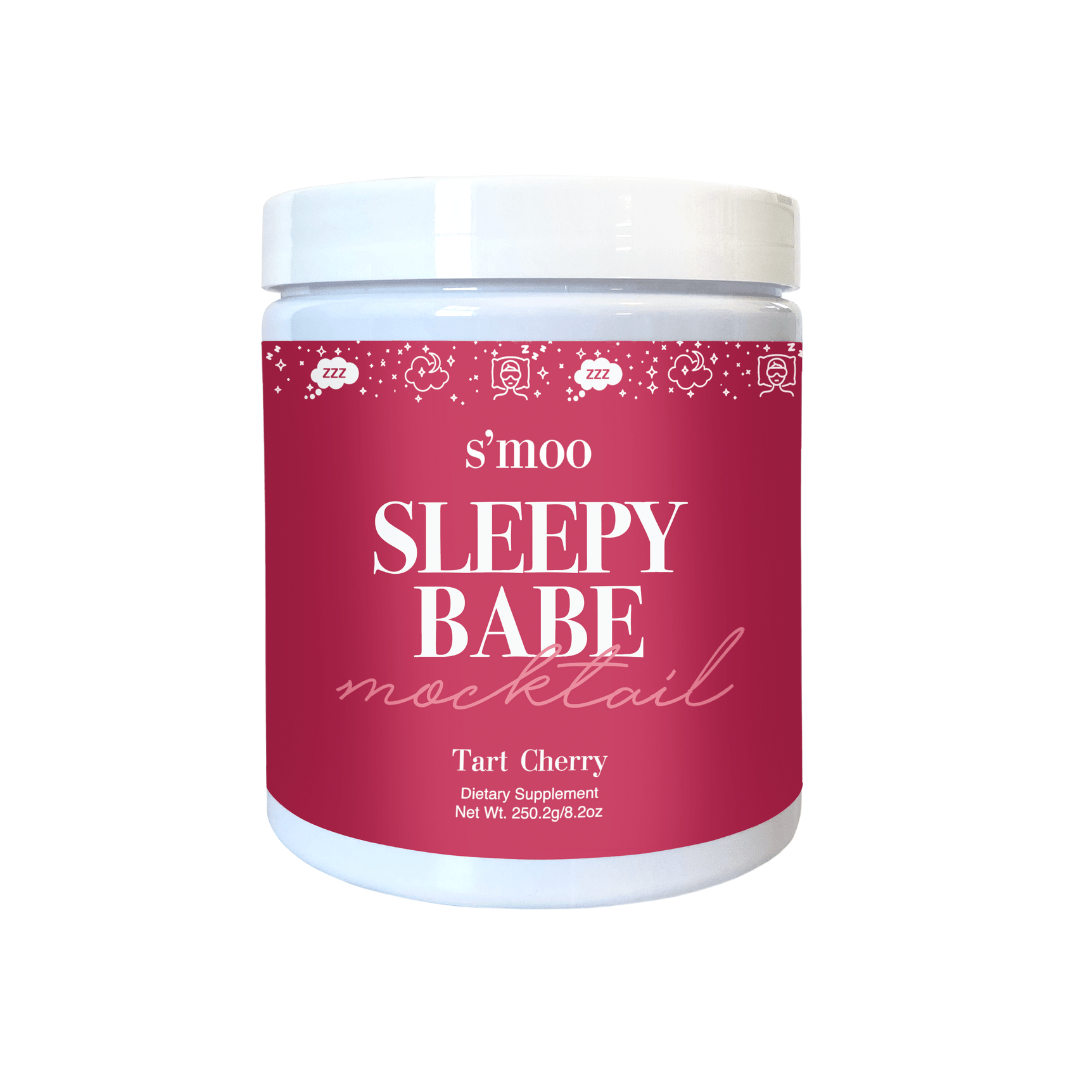Natural Methods To Turn Around The Effects Of Endometriosis
"Up to 10% of all women may have endometriosis. Many women who have endometriosis experience few or no symptoms. Some women experience severe menstrual cramps, chronic pelvic pain, or painful intercourse." - The American Society of Reproductive Medicine.
I was googling something earlier today about dangerous critters in Texas and it reminded me how much there is to know and how it’s impossible to be informed about everything. The same goes for women’s health, YOUR health. There is so much to learn in the world and it can be hard to find all the right information. Not to mention implementing what you learn in order to make your body function to its best.
Which brings me to Endometriosis.
What is endometriosis and how can you find relief from it if you’re experiencing it?
First, Endometriosis is a disorder that affects the reproductive system and causes womb lining called endometrium (tissue) to grow outside of the uterus. These growths are called endometrial implants and are usually found in the pelvis or abdomen.
Women with endometriosis might experience this tissue growth growing on the outer surface of the uterus, ovaries, fallopian tubes and tissues that hold the uterus in place. Like the endometrium (womb lining), the tissue builds up and sheds with your menstrual cycle. But over time, the tissue that has been shed doesn’t have anywhere to go and becomes trapped. This can lead to inflammation, scarring, and cysts.
A scale widely used to measure endometriosis includes four stages. The American Society of Reproductive Medicine assigns points according to the spread of the endometrial tissue, its depth, and the areas of your body that are affected.

1: Stage 1 or minimal
Tissue lining your pelvis or abdomen, little to no scar tissue, small implants or lesions.
2: Stage 2 or mild
Tissue is deeper than stage 1 and scar tissue may be present, there are more implants than stage 1.
3: Stage 3 or moderate
Thick scar tissue (adhesions) and deep implants. Small cysts on one or both ovaries.
4: Stage 4 or severe
Tissue is widespread throughout pelvis and abdomen with many deep implants and thick adhesions. Large cysts on one or both ovaries.
Symptoms of Endometriosis?
Most likely with endometriosis you'll be experiencing symptoms that varied between mild to severe pelvic pain. At this time there is no cure for the condition and doctors will treat your endometriosis with ORILISSA (Elagolix) which treats endometriosis pain by lowering estrogen. It’s also possible you’ll be prescribed different types of hormonal contraceptives (birth control pills, vaginal rings and or patches) as well as pain mediation depending the how severe your pain symptoms are from the endometrium tissue growth.
What are my alternatives to these medications?
There are a lot of reasons you might not want to take Orilissa or hormonal contraceptives because of the side effects that can include hot flashes or night sweats, headache, nausea, difficulty sleeping, absence of periods, anxiety, joint pain, depression, and mood changes.
What is your alternative to your endometriosis symptoms? I’m glad you asked because there are certain herbs and diets that can be an effective treatment for endometriosis. Keep in mind that everyones body is different and some of these treatments might work better for some more than others.
Diet changes:
Studies have found the following diet changes may help your endometriosis symptoms.
- Omega-3 fats help reduce inflammation on endometriosis-like lesions. A study done in 2014 found that having a high ratio of omega-3 to omega-6 fats had a positive effect on reducing inflammation and reducing risk of developing endometriosis.
- Eat more fresh fruits and vegetables and try to avoid sugar and processed foods. Processed foods aren’t good for anyone because of the unhealthy fats and sugar. The low nutrients in these processed foods like white bread can produce pain and inflammation in women with endometriosis.
- A study in 2010 found that 48% of women who consumed a high amount of trans fats had an increased risk of Endometriosis. Trying to reduce your intake of trans fats might help reduce your symptoms.
- Antioxidants are great for your body and a study in 2013 found that antioxidant supplements can reduce chronic endometriosis pelvic pain.
Herbs and Spice Remedies to help with Endometriosis:
1: Ashwagandha
Studies show that ashwagandha can reduce stress caused from higher levels of cortisol (a hormone involved stress response) found in women with endometriosis. You can find ashwagandha in S'moo as this herb has a lot of amazing qualities as well as helping with endometriosis symptoms it can boost brain function, lower blood sugar and cortisol levels, and help fight symptoms of anxiety and depression.
2: Essential Oils with Aromatherapy Massage
To help reduce menstrual pain and bleeding in women with endometriosis a mix of cinnamon, clove, rose and lavender essential oils in an almond oil with aromatherapy massage can create relief.
3: Ginger tea
Endometriosis can often cause nausea, which ginger tea is a good remedy for. You can make ginger tea with 2 TBSP of fresh ginger (about 2 inches of ginger root), 4 cups of water, and 1-2 TBSP of honey. It can also help to add 1 TBSP of lemon juice. A study in 2014 also found that ginger can reduce menstrual related pain.
4: Peppermint
Peppermint tea and peppermint oil has been used in traditional medicines for a long time. Evidence-based research shows that peppermint has significant antimicrobial and antiviral activities, as well as being a strong antioxidant. As mentioned above, antioxidants have been shown to reduce chronic endometriosis pelvic pain.
5: Curcumin
Curcumin is a primary ingredient in turmeric (it is from a flowering plant from the ginger family). Based on a studies it seems curcumin helps reduce estradiol production because of its anti-inflammatory properties and can reduce endometriosis symptoms. It’s important to know that Curcumin is hard for your body to digest and it’s suggested you take it when eating a fatty meal because it is fat-soluble and this will help you body absorb it. It’s also been found that the full medical benefits of curcumin are best consumed in supplement form combined with piperine.
Endometriosis causes infertility, menstrual cramps and painful intercourse.
Endometriosis cannot be diagnosed by symptoms alone. You'll have to go to a doctor for a pelvic examination and possibly a Laparoscopy (outpatient surgical procedure that enables the physician to see the pelvic organs and look for endometriosis). However if there is a way to help you feel more comfortable and reduce symptoms than it will be worth it. Don't let endometriosis run your life. Try new herbs and medicines in order to regulate and rebalance your body.
If you're having a hard time getting pregnant keep in mind that " Endometriosis can be found in up to 50% of infertile women," according to the American Society of Reproductive Medicine. There are methods to help and communities of women going through similar things that you can talk to. The S'moo Babes are here to help.
Sources:
Medical Disclaimer
This content is strictly the opinion of S'moo and is for informational and educational purposes only. It is not intended to provide medical advice or to take the place of medical advice or treatment from a personal physician. All readers/viewers of this content are advised to consult their doctors or qualified health professionals regarding specific health questions. Neither S'moo nor the publisher of this content takes responsibility for possible health consequences of any person or persons reading or following the information in this educational content. All viewers of this content, especially those taking prescription or over-the-counter medications, should consult their physicians before beginning any nutrition, supplement or lifestyle program.










